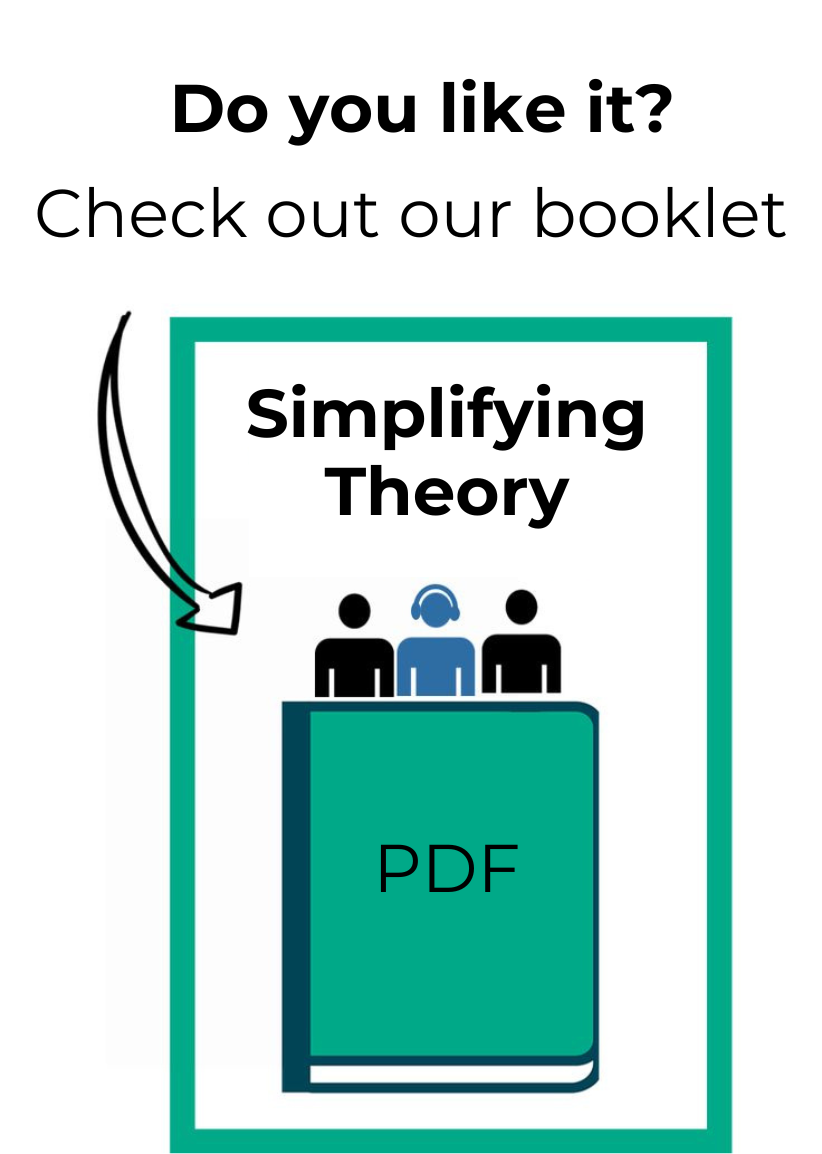If you like to sing and want to stay abreast of certain singing techniques, you have surely heard of terms like “MELISMATA”, “FALSETTO” and “VIBRATO”, but do you really know what these terms actually mean?! The Simplifying Theory team has prepared a minidictionary of 19 terms and expressions commonly used in the art of singing. Check it out!
- MELISMA: a voice technique in which a sequence of notes is sung in a short time, using one same syllable. Singers use this technique to make the songs more dynamic, so that the song does not get boring!
Here we can see an example at 4’12”):
- VOCAL RANGE: this is the range of notes that we manage to sing, from the lowest to the highest pitch. When we say that a singer has a good vocal range, this means that the singer can sing notes of a very low pitch, and also notes of a very high pitch.
- WHISTLE REGISTER: this type of vocal register has this name because the sound uttered by the singer is a bit like a whistling sound, or a whistle. Try to find this in the following example, sung by Mariah Carey (3’25”):
- POWER: this is the strength with which the sound is uttered.
- GROWL: this is a vocal technique where the sound issued is hoarse/low-pitched. This technique is often used by heavy metal bands, and singers of hard rock, among others.
- FALSETTO: this is a type of voice register, a configuration that the vocal cords takes on, so that the singer can sing notes of a very high pitch. Check out an example here, at (0’40”):
- DICTION: this is the way in which the words are pronounced. Having good diction means that you can sing the words in a clear way, meaning a way that does not scramble pronunciation. Exercises such as tongue twisters are an excellent way to train your diction!
- VIBRATO: this is a vocal technique where we make a small vibration/oscillation in a note to give added emphasis. This is to make the songs more dynamic and more expressive. Below, we present an example (3’26”):
- BELTING: this is a vocal technique that gives an uttered sound an extra “shine” and good projection. The singer needs good diaphragm support; therefore, if you plan to learn this technique, then place your bets on diaphragmatic breathing exercises to strengthen your support when sustaining the notes! Below you will see some examples: pay attention to the projection of the high-pitch notes.
- WARMING-UP: vocal exercises which are carried out before you start to sing, so the vocal folds can be prepared. In this article, you will observe some warming-up exercises.
- CONTRALTO: this is the name given to the vocal classification of lower-pitched female voices. This means that a woman who manages to sing notes of lower pitch is considered to be a “contralto”.
- SOPRANO: this is the name given to a category of vocal classification, for higher-pitched female voices. This means that a woman who manages to sing notes of a higher pitch is considered to be a “soprano”.
- MEZZO-SOPRANO: this is the name given to an intermediate category of female voices. This includes intermediate and more flexible voices, which can reach both notes of lower and higher pitch.
- BASS: this is the category of vocal classification for male voices that includes male singers who can reach the notes of lower pitch.
- TENOR: this is the category of vocal classification for male voices that includes male singers who can reach the notes of higher pitch.
- BARITONE: this is the name of a category of vocal classification of male voices. This category includes intermediate male voices; in other words, voices that are not as low as those of a bass, nor as high as those of a tenor.
- DUET: a song sung by two people.
- BACKUP VOICE (second voice): this is a voice which accompanies the main tune. This technique is very commonly used by lead singers in a range of musical styles.
- TIMBRE: this is what distinguishes one voice from another. To understand this better, think about the following situation: someone we know calls us and, even without seeing who the person is, we soon identify whose voice it is on the telephone. It is by means of timbre that we recognize and distinguish voices; in other words, the timbre is the ‘identity’ of the voice. We each have our very own timbre! Isn’t that interesting?
